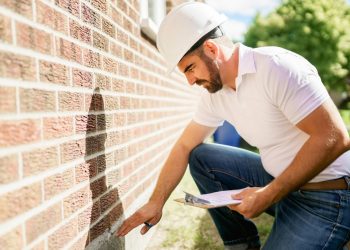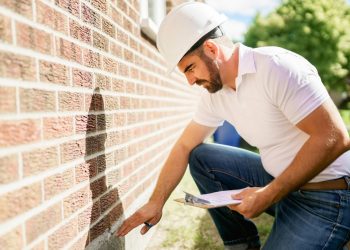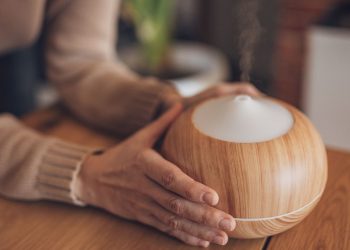Walking into your new home for the first time can feel like such a relief after all of the paperwork and deal-making to get to that point. Unfortunately, as all homeowners know, much of the work is just beginning.
Change the Locks
When you make a home purchase, you should receive all the keys the prior owner had, but you never truly know how many copies exist in the world. They may have had a key lost, stolen or simply gave spares to friends, family and neighbors that they never got back. For extra security when moving into your new home, it’s a great idea to change the locks to ensure that only those people you want to have in your home have access.
Do a Deep Clean
Whether you hire a cleaning crew or take on the job yourself, there’s no doubt that a fresh deep clean can offer peace of mind as a new homeowner. Focus on sanitizing high-germ areas before you unpack your belongings into the space. Rooms like kitchens and bathrooms are prime areas where you should focus on deep-cleaning and disinfecting areas like appliances, countertops and tile grout. In the kitchen, take a moment to wipe and disinfect the cupboards before adding your dishes.
Create a Maintenance Checklist
Home maintenance is one of the downsides of homeownership, but it is a vital area to pay attention to. Now is a great time to check off any annual or seasonal home maintenance tasks to ensure that the rest of the year runs smoothly. Don’t forget to test key safety features like carbon monoxide detectors and fire alarms.
Additionally, be sure to make a list of any projects that you need to tackle in the near future. It’s a great idea for home insurance and warranty purposes to keep all of this information (along with any maintenance receipts) in a binder or folder for your reference. This will come in handy if something breaks, for budgeting or even tax purposes down the road depending on your use of the space.
Locate Utility Controls
In the event of an emergency or when you want to upgrade an appliance, it’s important to know where your essential utility controls are located. You don’t want to be in a power outage searching for the circuit breaker box or attempting to prevent flooding from a burst pipe without knowing where the main water shut-off is located.











